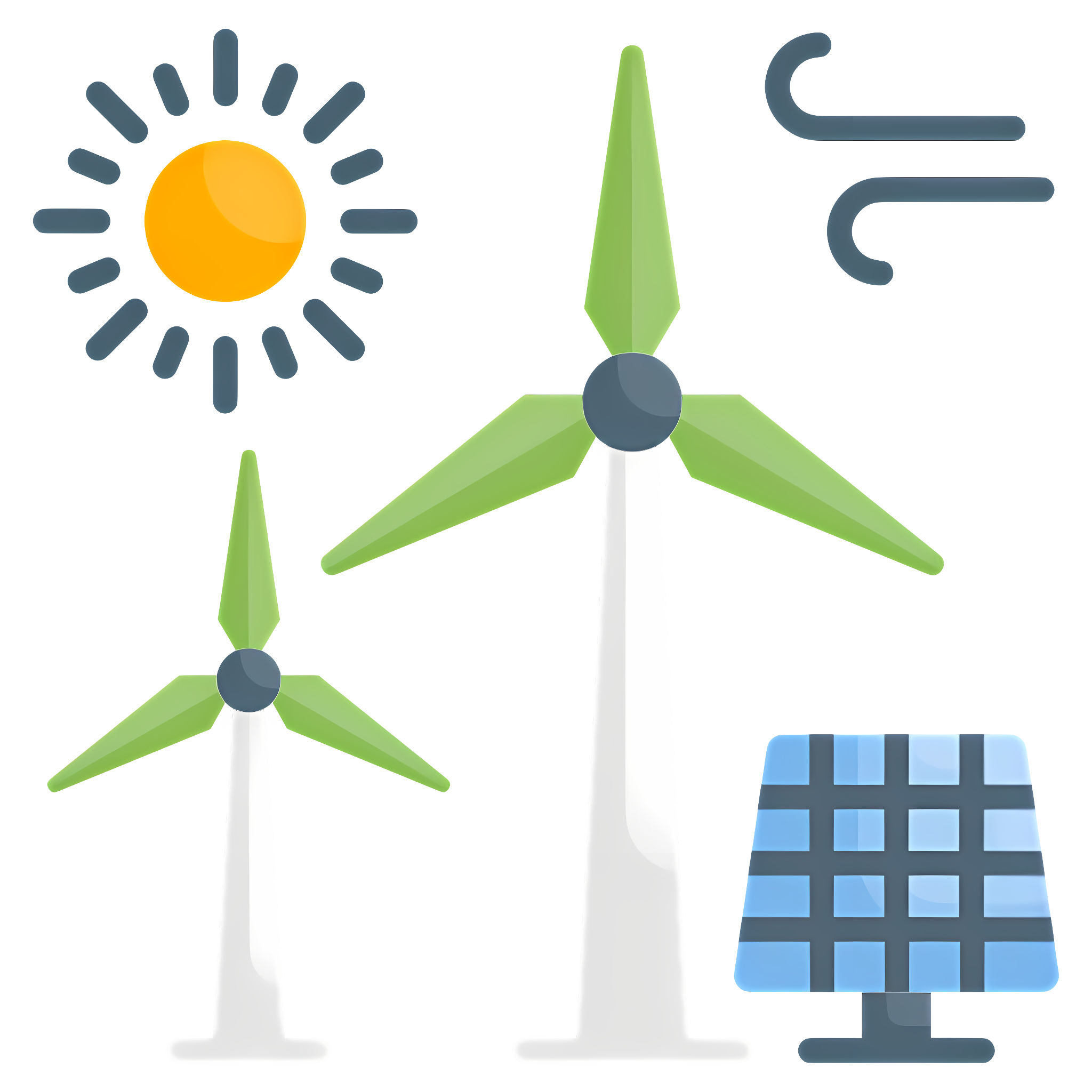This is a preview of an SDiD Profile®, which we compile for all analysed companies.
Access is for SDiD members only: sign in or subscribe.
Sample N dot V
Climate Performance
ESG data
ESG Targets
- 3 year climate performance is good: 2 SDiD points
- ESG data transparency is good: 2 SDiD points
- Sample N dot V sets an average number of ESG targets: 1 SDiD point
